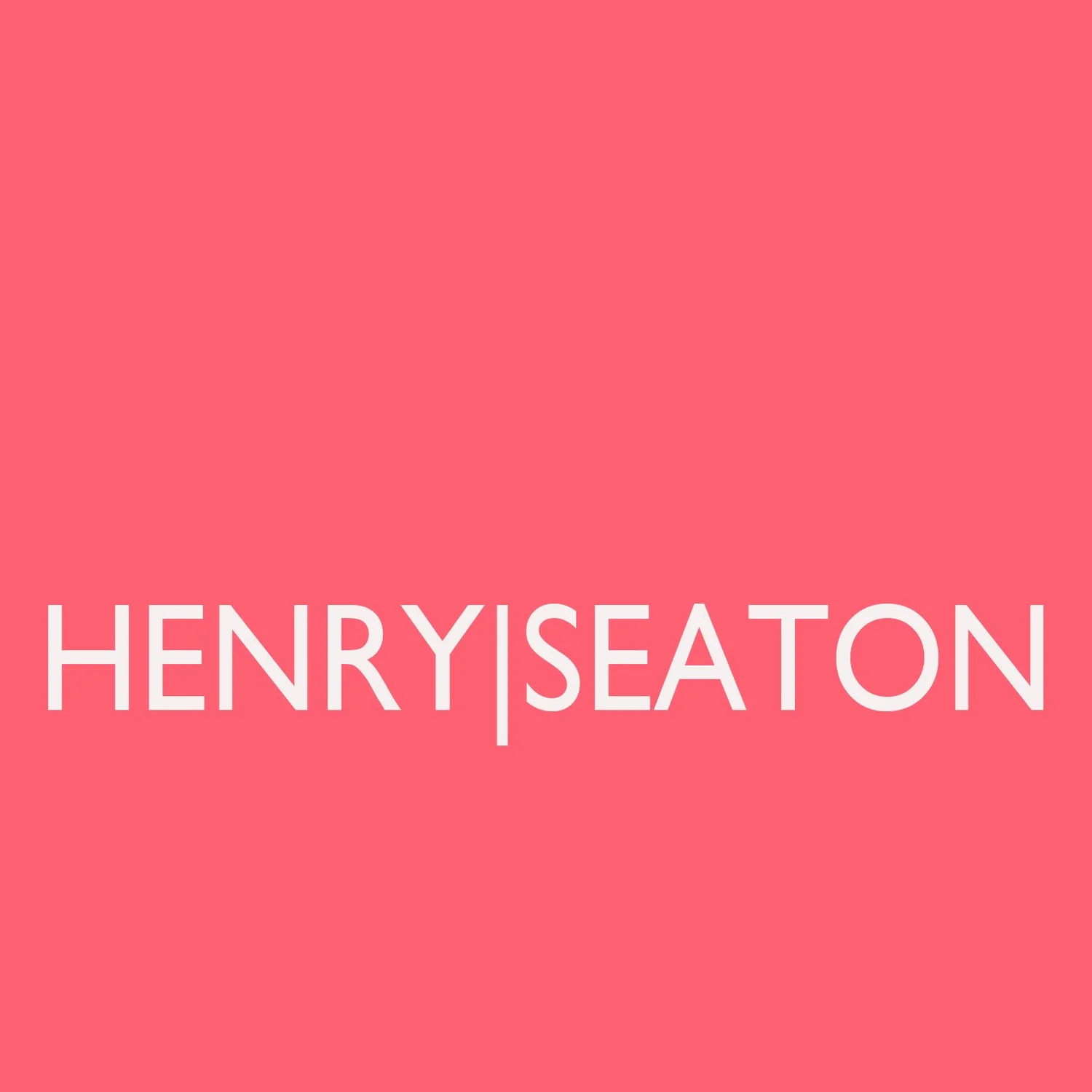photography as sculpture
In the early stages of this project, I set out to illustrate or to outline a relationship between two mediums, namely photography and sculpture. More specifically I wanted to understand how photography had become an essential component within my own practice. My original intention was to simply use photography as a means of documenting sculpture and site-specific/works.
The project is therefore concerned with and motivated by the study of selected artists who have formulated a dialogue between photography and sculpture, and where the photograph functions beyond that of a record or document. Consequently, the practice will be theoretically and contextually informed by the history of such processes, and by the concerns of selected artists. These works initially may be considered disparate or dis-connected although they may prompt the viewer to re-evaluate the material object as a direct photographic referent. (Hamill, Luke, eds. 2017 p.23)
The practice-based element will manifest as a form of experimentation and questioning, and ultimately as a series of works which express themselves as new readings of the artworks discussed and as visual translations of the philosophical ideas expressed within the thesis.
n the past I have produced independently and in collaborative projects with the artist Rex Henry, a series of cast objects as appropriations of found components. Found objects and packaging are discarded, their original containers are used as negatives then re-cast and remain as positive forms. In sculptural terms the resulting forms are negative spaces made solid. The cast objects are taken from a negative template, which like an analogous negative enables the possibility of multiple positive reproductions.
The objects would then be photographed from prescribed vantage points and attempts to depict a somewhat exacting representation, an objective view originally intended as documents of sculpture. It’s interesting here to note that Michael Fried (Fried, 2008) has debated the intricacies of so called ‘good and bad objecthood’ in relation to the term ‘literalist’and discusses objects which are, as he puts it “understood as tenable only in photographs, not in the world at large”. How do the terms literalist or formalist relate here? See
He goes on to associate these ideas with the work of Bernd and Hilla Becher and describes in detail their unique and longstanding projects of photographing typologies of industrial structures. Their underlying philosophy at the heart of their project was to photograph an ongoing series of industrial, vernacular structures - as objectively as possible.
The resulting photographs with reference to my own practice have indirectly served to de-contextualise the objects through a series of perspective studies and disrupt the distinction between the image, or the reading of an image, and the object it depicts.
Fig.1 Graham Seaton Vehicle (2017) Digital Print on Board 24.5 x 35.5cm
Earlier works originally conceived as installations have incorporated multiple cast objects which, when organised in site specific arrangements and viewed at first hand, suggest an aerial perspective. When documented and presented as photographs the works convey a stronger sensation of a panoramic or distanced vantage point existing somewhere between the imagined and the real.
Fig. 2 Graham Seaton Another City (2011) Digital Print on Aluminium 59.5 x 84cm.
It is here my research begins to locate itself in that it suggests a gap in perception, a speculative reading of the effectiveness of the photographic image as a transition from object to photograph.
graham seaton
